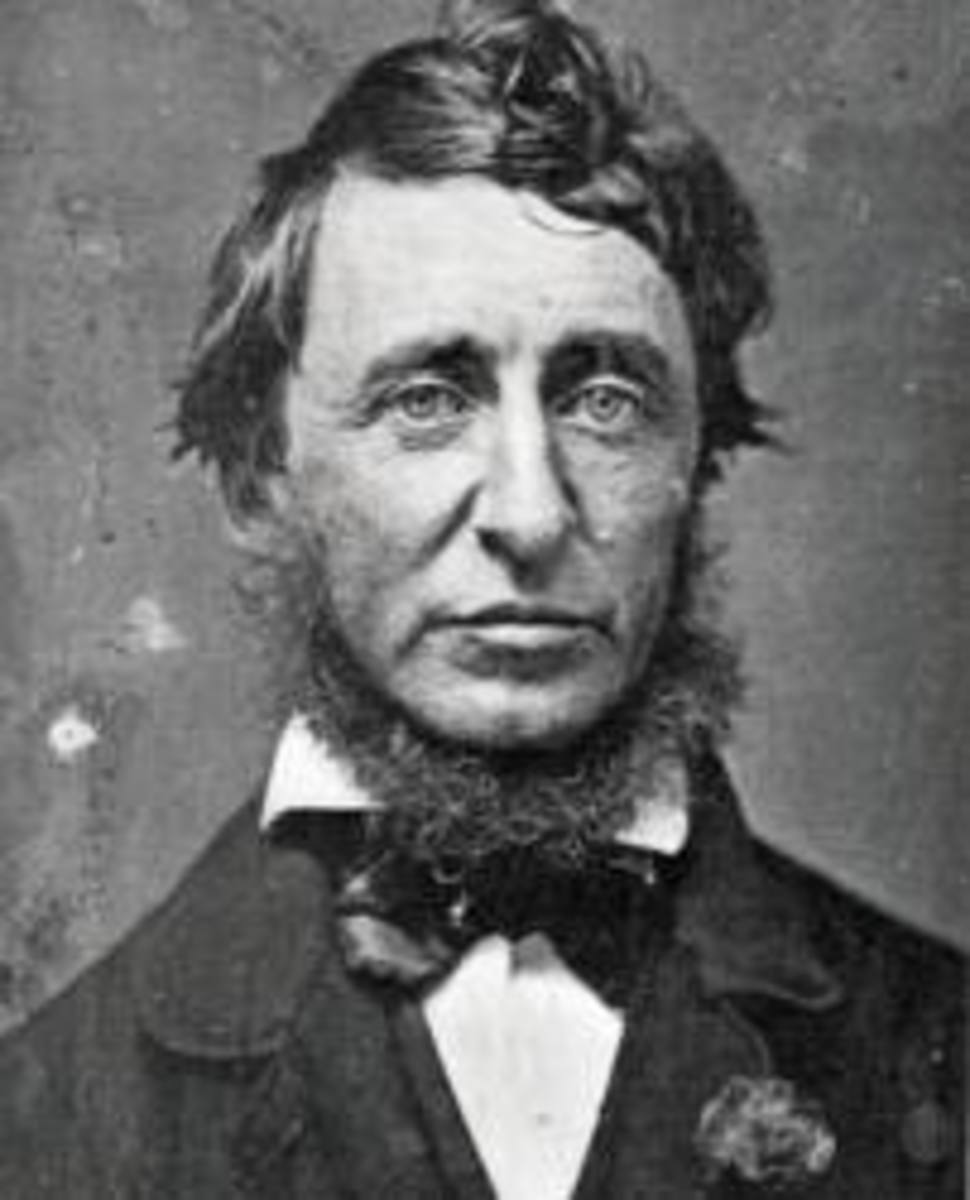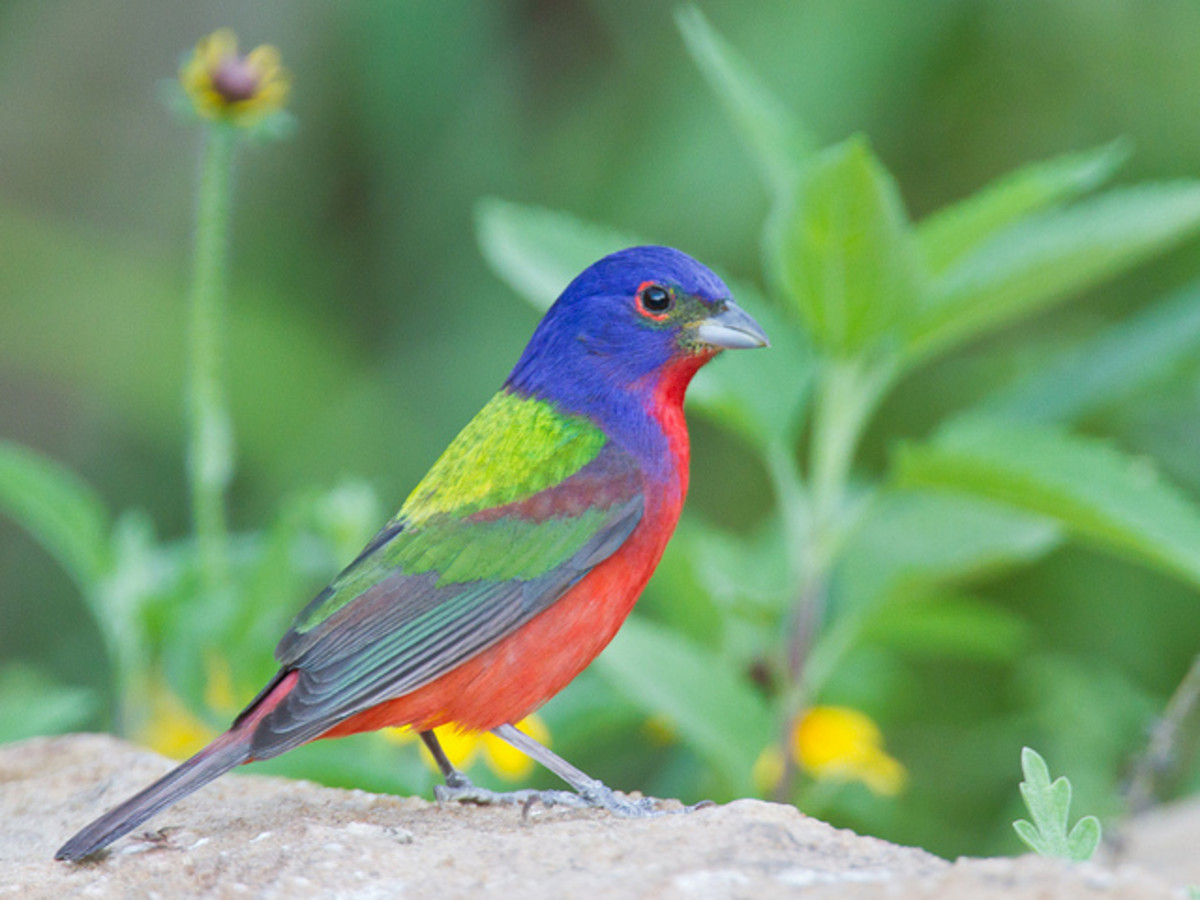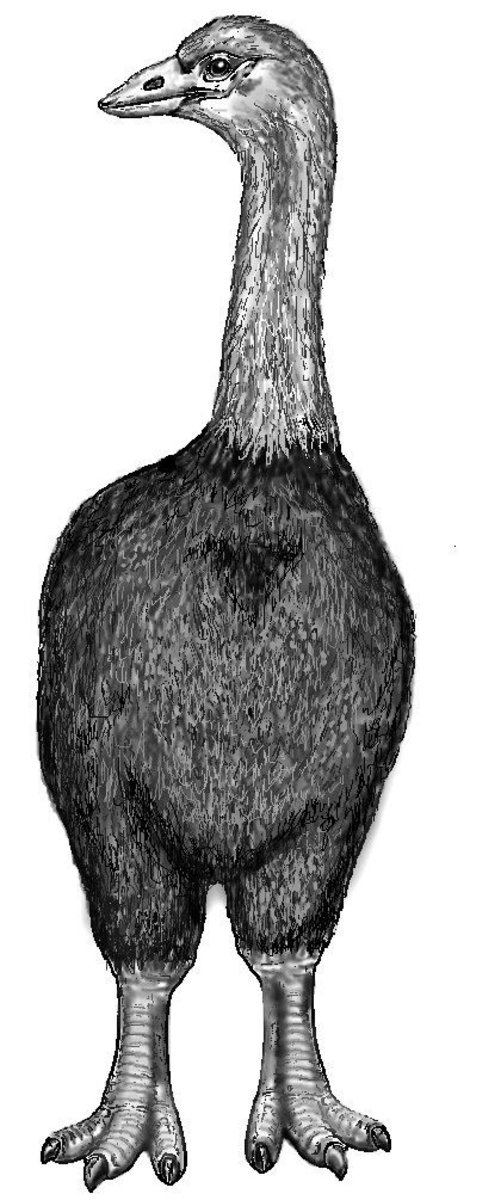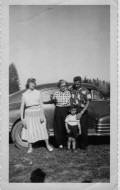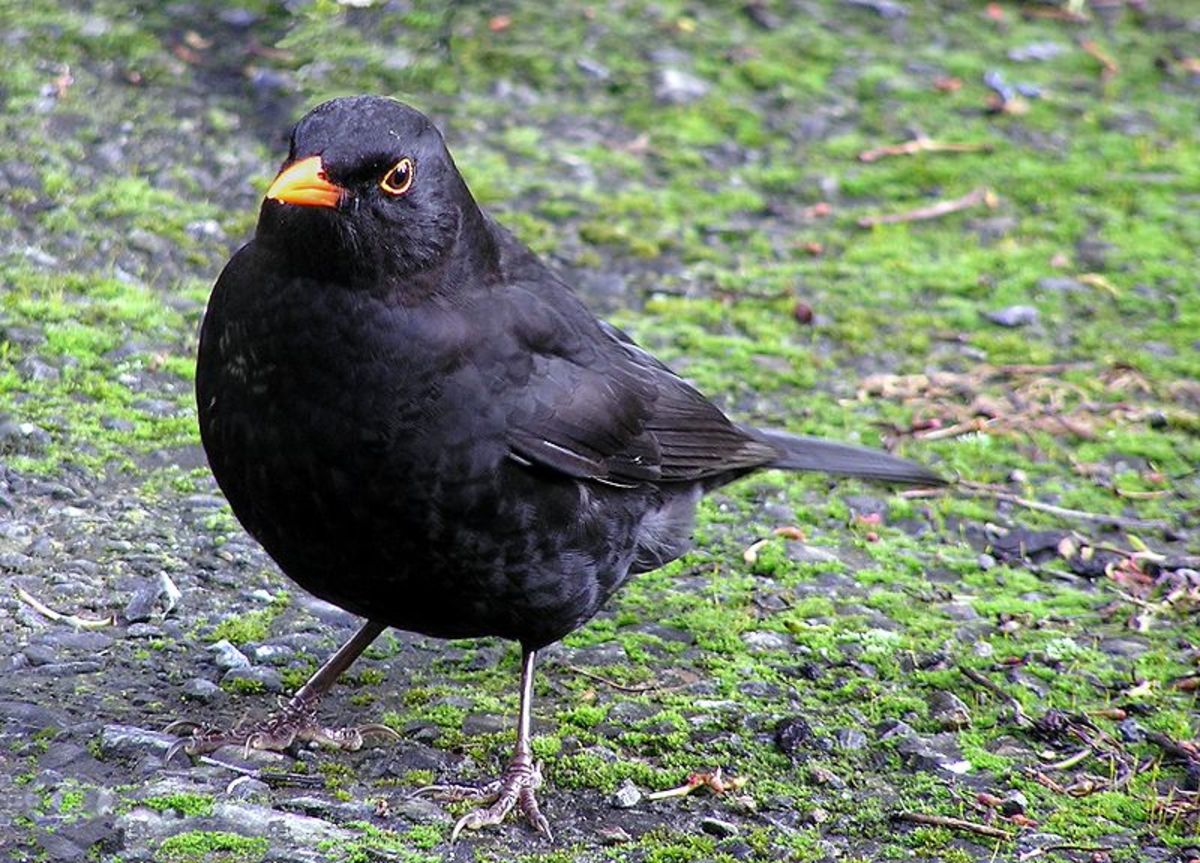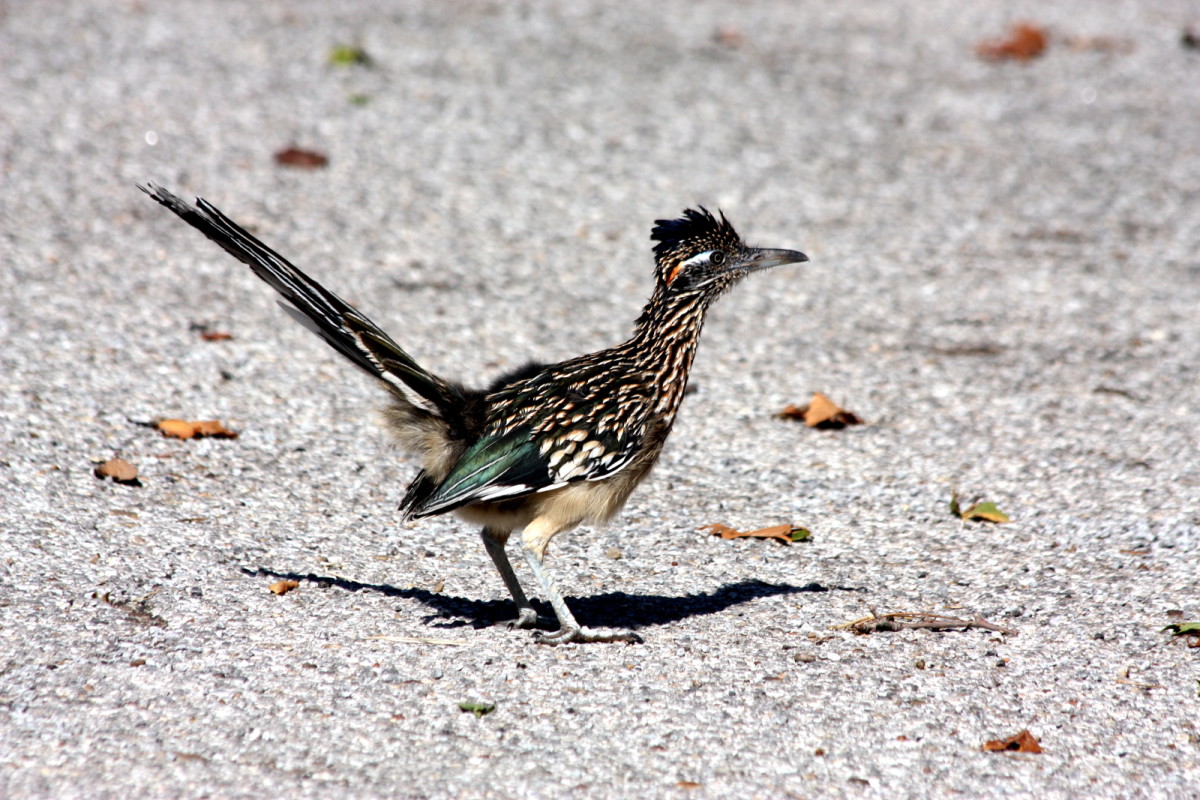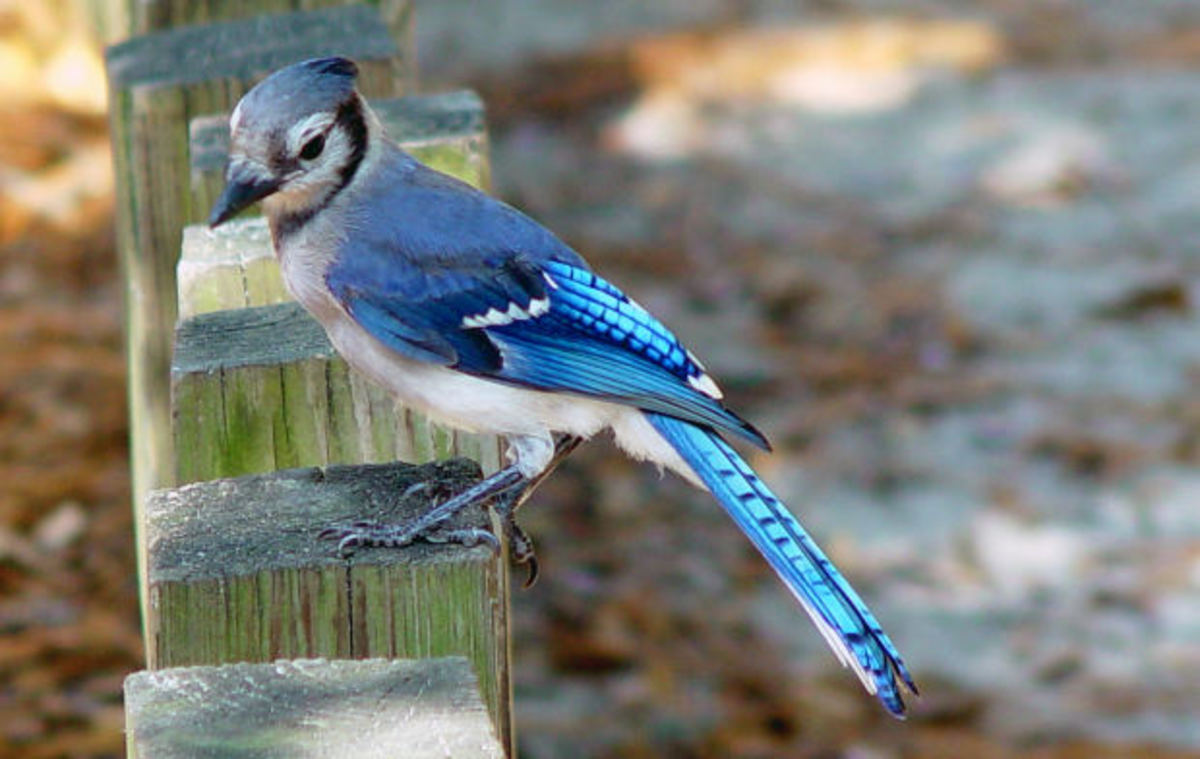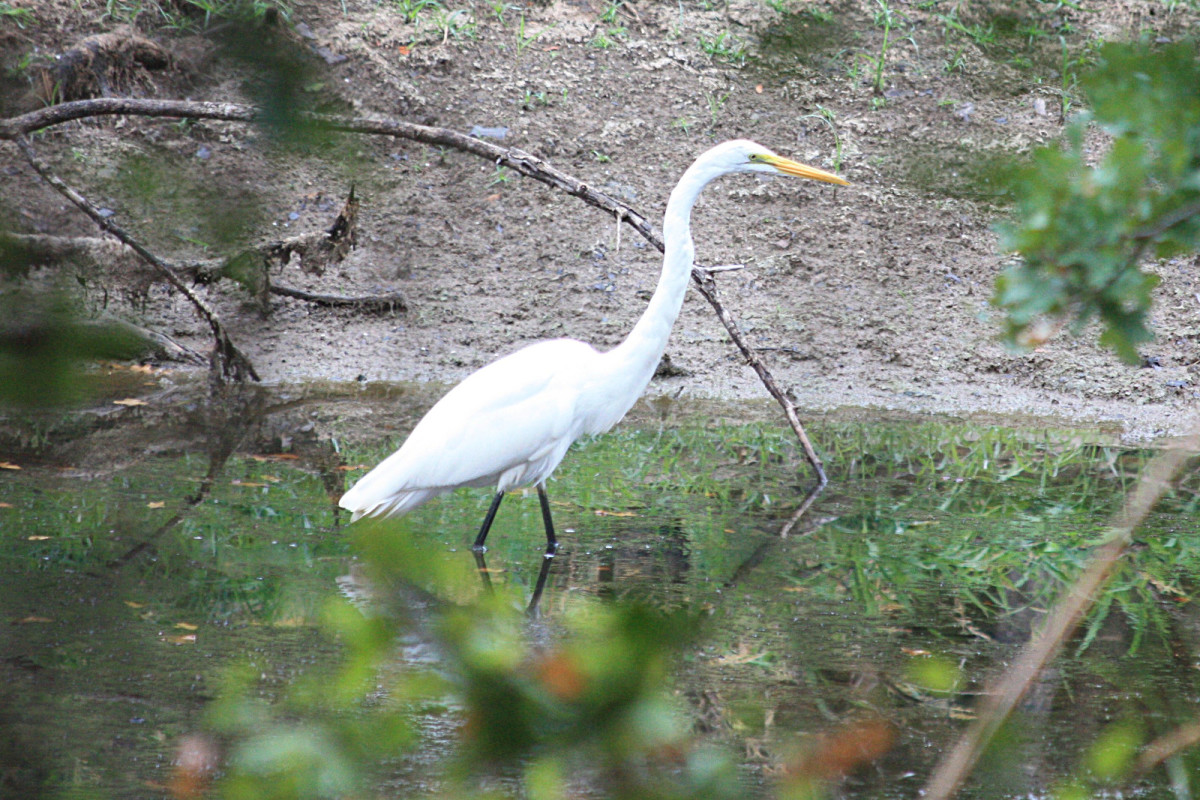The Wood-Thrush: A Bird Heard, But Seldom Seen.
The Wood Thrush
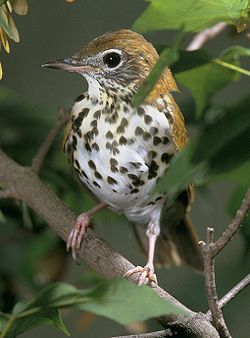
I believe it was the poet and writer - Henry David Thoreau, who once, long ago, made quote about the song of the Wood-Thrush. And in his remark made many moons ago, Thoreau went on to mention, that upon hearing this particular bird's song, that it would make the tired and feeble one, feel young at heart, once again!
And I believe Thoreau was correct in making that statement, about this somewhat shy, as well as beautiful deep woods songster. I can personally relate with Thoreau, for having heard a few sing myself, during a warm, mid-summers day.
That remark today and from yesteryear can be applied to almost everyone today, who is not of at least school year age. Of all the diverse bird species we have the pleasure of viewing and listening to, possibly in our own backyard, or that of a wooded parkland. There are a select few that I can only count on one hand. A select few like the scarlet tanager or even the northern oriole whose melodies stick in our head. But even those brightly colored songsters cannot compare to the eloquent song of the wood thrush.
And you will soon discover that this robin sized songster, is probably one of the most elusive or secretive birds that you will ever encounter among the many different and unique species found in the bird world today. This is why you could say, this is one bird usually heard more often, than it is seen by many, including avid birdwatchers.
I remember as a kid, hearing the song of the woodthrush and recalling how curious I was in wanting to find out, what type of bird it was, that was making this beautiful song. As I ventured a little further into the deep woods. I listened intently for this bird to sing its song once again. I had to strain hard through cupped and open ear, trying to pinpoint the exact location of where it was that this wood-thrush was secretively perched, singing its tune.
I never actually had the opportunity to get a good glimpse at the songster during my younger years. But on a rare occasion while visiting a local nature preserve, I was fortunate enough to catch sight of this bird, as it made its way through the shadows of maple and oak. It moved cautiously from branch to branch along the forest floor.
One thing that I never did forget, even into my later years. Was the unforgettable, and most beautiful and melodious song that bellowed from within the woods. Every two minutes or so it would sing... a rapid (pit-pit-pit ) over and over again. Possibly calling to a mate in a thicket of fern or catbriar nearby.
The song of the wood-thrush can often be compared to the sound that someone would make while playing a musical instrument, such as a flute for example. But with a softer, much more pleasant sound to it. The musical song produced by the wood thrush, would ascend loudly and quickly coming to a peak. Than it would descend rather slowly again, on a rather similar note, echoing from a deep woodland or forest.
Every two minutes or so, it would repeat itssong, over and over again. If anyone has ever heard a wood thrush singing from within the deep woods, on a dew filled early mid-Summer's day. You will realize soon thereafter, how the phrase "music to one ears" had come about. If you are not an experienced birdwatcher, you may easily mistake this bird for other birds in the same family.
A few of the Wood-thrush' look-a-like cousins are the Veery, Swainson's Thrush, Hermit Thrush and Oven Bird. On a rare occasion the Brown Thrasher, a much larger bird has also been mistaken for a Wood-thrush. Their individual songs to add, are also similar in sound to that of the Wood-thrush.
While you're out in the field bird watching at a local park or in the nearby woods on any given day, my suggestion would be to pick up a good field guide. Audubons field guide to the birds, is a great reference book for beginner as well as experienced birders. It contains sections, that show detaled colored photograph's of different birds throughtout the states.
The field guide also mentions a particular birds habitat and on occasion, different trees it prefers. Also included in some field guides are the type of nest and color of the eggs that are laid by the species, that you are trying to locate. A good field guide will cost you approximately $25.00 and upwards. But you could probably find a good used one for about $12.00 on Amazon. Also your local Library will most likely carry these field guides in the nature section.
Just to save you some page turning time, I will give my readers a little additional,as well as a bit more detailed information about the Woodthrush. The Northern Woodthrush as it is sometimes also referred to, belongs to the same family of birds as the American Robin. This is the family better known as (Muscipadidae) in latin. Hylocichla mustelina, is another name for Wood Thrush in latin.
The wood thrush is also a spring migrant to many areas of the United States, including the Northeastern parts of the U.S. Usually it makes itself known when it first arrives in spring, by singing from nearby treetops. As the season progresses and summer approaches, this bird tends to prefer the woodland floor.
Here it spends a good deal of its time in the thick undergrowth, singing its flute like song. As previously mentioned this bird is somewhat elusive, that is why even the most keen of observer's cannot spot it right away.
The main reason for this, is that the woodthush uses the thick undergrowth of the woods to conceal itself. Very much like a chameleon changes its skin color, to mimic, so to speak, its immediate surroundings. And to add, it's rather burnt, rust-orange plumage blends in quite well, with the surrounding leaves and foliage.
The Wood Thrush like many similar species of birds prefers a diet of Insects, that other small mammals scurrying about, have turned over from beneath leaves, lying upon the woodland floor.
The woodthrush also upon migration back to the Southern United States and Caribbean, will feast on a variety of berries found on local fruit bearing trees. Consider yourself lucky if you stumble upon the nest of a wood-thrush. If you think you have come across a wood thrush nest, while taking a walk in the woods, it will most likely be found placed within a thicket of dense shrubs or vines.
The nest can be identified by its compact cup of moss and dead leaves. It will usually be lined with an inner layer of rootlets and mud. Also small bits of tattered rags and pieces of white paper, may be found enveloped around the outer portion of the nest. The woodthrush over the past years has adapted well to nesting in city parks and gardens as well. There the female will carefully craft her nest in the fork or crotch of a tree or large shrub, while the male looks on at a safe distance away.
The female woodthrush also has two broods of young, between the months of April through July. In the nest can be found three to four, blue-green eggs. The young birds usually fledge in a time frame of twelve to thirteen days.
One additional note, is that the young birds after they are fledged, continue to beg for food from the parent birds for almost three weeks after leaving their nest. In other words the young birds of this particular bird species are very persistent, compared to many other young birds of similar species.
And much like its close cousin, the Hermit Thrush (Catharsis guttatus), the Northern Wood thrush, is also attracted to moving water, or streams. So you will no doubt have a much better chance; of spotting one of these beautiful and elusive songsters, if you are near a stream or brook, that traverses through the woods.
Or if you are visiting a park bordering a woodland or marsh, look for a small body of water, brook, or stream. Most likely here you may have the best chance of spotting the woodthrush, singing upon a nearby branch. And if you are as lucky as Thoreau once was when hearing its song. Than hopefully when you do spot this secretive bird and witness its beautiful song; you will feel just as vibrant and young at heart, as he once felt, upon hearing its unforgettable melody!


